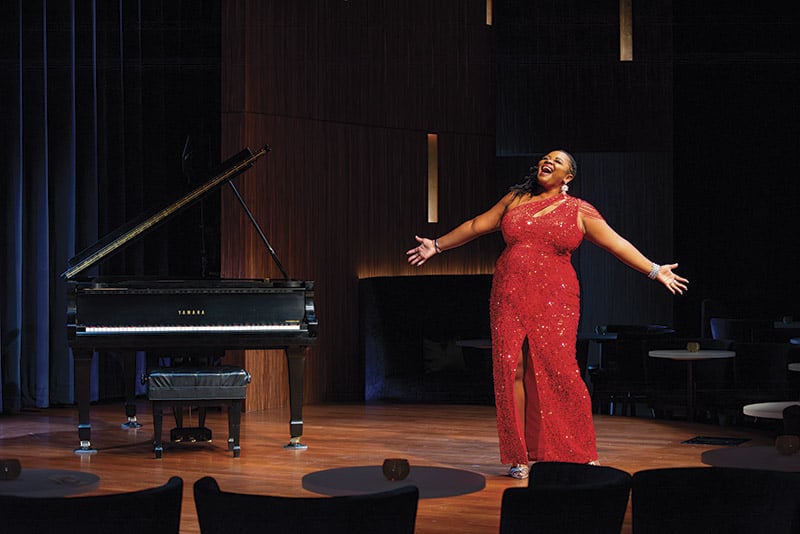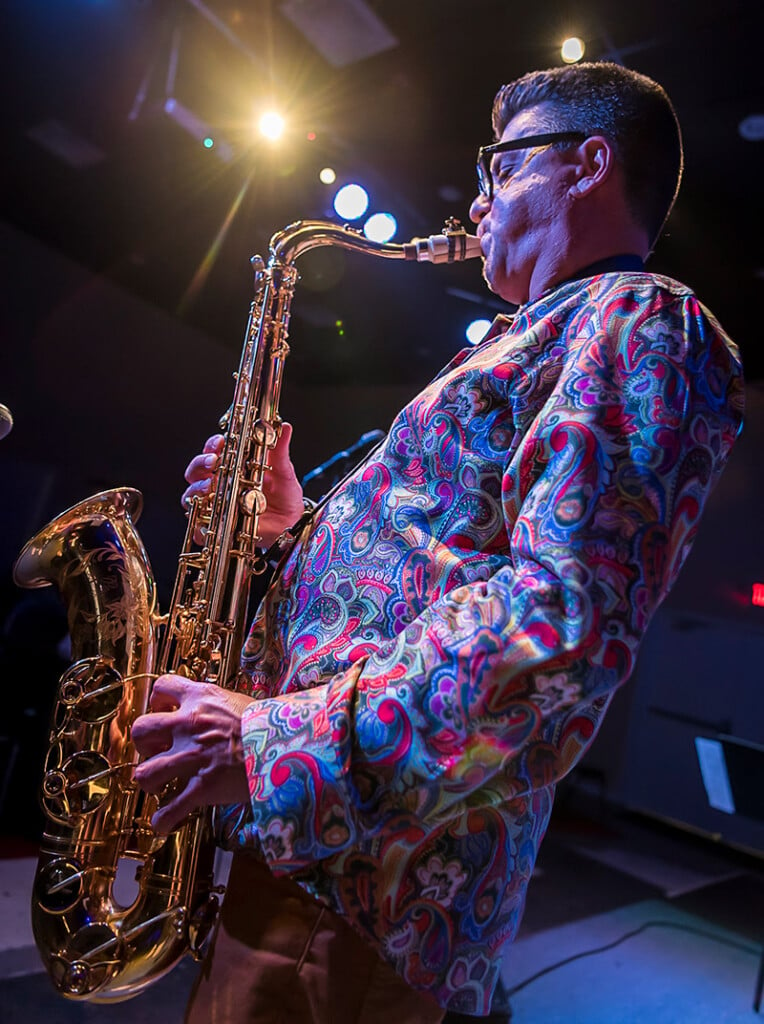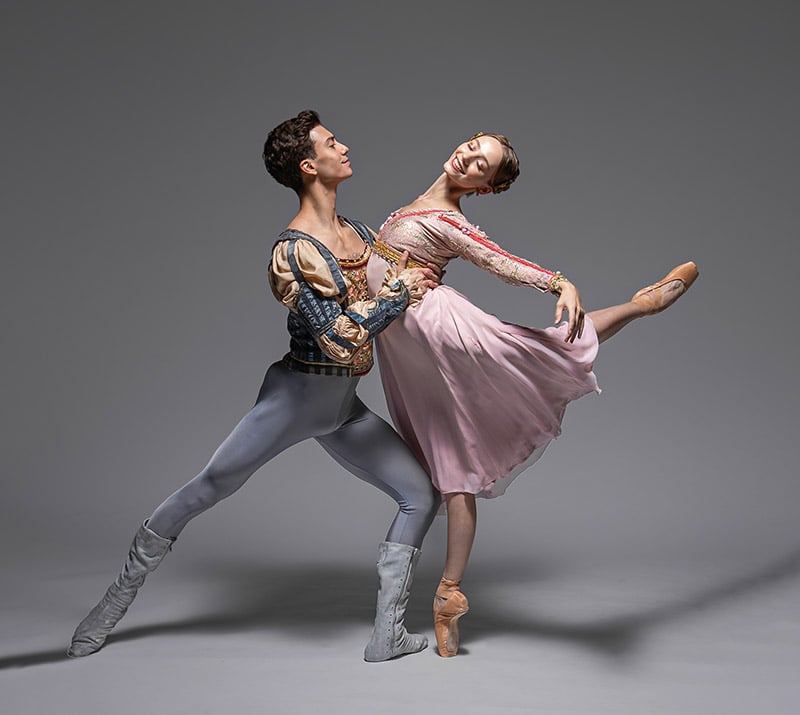The Florida Prize in Contemporary Art: Still the Most Inventive on the Scene
Recent events haven’t changed my mind.
Ask me to name my favorite annual event on Central Florida’s cultural calendar and I’m likely to waffle through a short list of contenders, from the Fringe Theatre Festival at Loch Haven Park, to the Florida Film Festival at Enzian Theatre, and the Broadway Across America series at the Dr. Phillips Center.
But ask me for the calendar’s most ingenious event and I won’t hesitate: It’s the Florida Prize in Contemporary Art, the ninth annual version of which opened June 7 and will run through August 27 at the Orlando Museum of Art.
Recent events haven’t changed my mind.
The Florida Prize involves an annual star search for Sunshine State artists at various stages of their careers, ten of whom are invited to submit creations for a professionally judged installation at OMA, with an award of $20,000 going to the best in show.
The artists get exposure for themselves and elbow room for their creations. Orlando residents get the chance for a look at what pent-up creatives can come up with given the opportunity to display a full-blown vision of their works in a gallery setting.
Given the starving-artist tradition, that twenty grand occasionally translates into an engaging Cinderella story. OMA could use a fairy godmother of its own these days.
Ten years ago the museum appeared to be on the upswing via an ambitious “Reimagining the Orlando Museum of Art in the 21st Century” initiative that included a proposal to move the museum out of its aging home in Loch Haven Park and into a world-class facility in a new location.
Since then the venerable institution, which should be looking forward to celebrating its 100th anniversary next year, has been bogged down and battered by a devastating series of reversals.
The plan to move to a new location was shot down by museum supporters who didn’t want to see OMA leave Loch Haven Park.
Then two consecutive, hard-charging directors came and went.
Glen Gentele, mastermind of the Florida Prize concept, resigned after a dispute involving a fractured board.
His successor, Aaron De Groft had a more complicated demise.
He arranged for what appeared to be the most ambitious exhibition in OMA’s history in Heroes and Monsters: The Thaddeus Mumford, Jr. Venice Collection, an exhibit that opened at OMA a year and a half ago featuring what was supposedly a cache of paintings created by the late neo-expressionist phenom Jean-Michele Basquiat. It looked like a world-beater but was dismissed by FBI as a fraud. Near the end of its run, the agency carted off the collection as forgeries and De Groft was fired.
It was national news, chronicled in the The New York Times and more recently in an 8,000-plus word opus in this month’s issue of Vanity Fair Magazine. In that story, DeGroft is quoted steadfastly insisting that the works are authentic.
Regardless of whoever was right or wrong in any of this, it’s going to take years for OMA, which has been placed on probation by the American Alliance of Museums as a result of the Basquiat scandal, to regroup and rebound. They’ll have to do so without retired soft-spoken curator/road warrior Hansen Mulford, who put who knows how many miles on his car over the years while driving up and down the Florida peninsula on his annual road trips to track down and visit with potential Florida Prize artists.
I wondered how the artists in this year’s Florida Prize exhibit would feel about OMA’s troubles. I guess I shouldn’t have been utterly surprised when I spoke to one of them who found a way to use her art as well as her words to express her sympathy and solidarity.
Her name is Akiko Kotani. She is 83 years old, of Japanese heritage, having grown up in Honolulu, lived for a time in New York City, learned weaving in Guatemala, taught fiber art and drawing at Slippery Rock University in Pennsylvania, and now lives in Gulfport.
In her art, Kotani, who won this year’s Florida Prize, uses an oversized wooden crochet hook to weave broad strips, fashioned from the same fabric used to make plastic trash bags, into giant, brightly colored sculptural shapes.
On a visit to the museum a few days before the Florida Prize opening party and awards announcement, she stepped back and regarded one of her works, a towering, scarlet-hued sculpture she calls “Red Falls,” and said: “It looks like there is a wound in the middle of this museum.”
Later, when she accepted the Florida Prize award in front of an opening night crowd, she crossed her arms across her chest and said, simply: “Love your museum.”
That sounds like a good place to start.
Here’s a quick look at the other artists in the exhibit, along with a description of their creations.
Amy Schissel’s acrylic, pen, graphite and charcoal on paper work covers an entire wall, not to mention part of the floor, of OMA’s largest gallery space. Called “Silent Cities,” it intersperses sweeping arcs and symbols that conflate a sense of ancient mapping with modern cyber symbols. Given that we’re all living our lives in two worlds these day, one corporeal and one digital, you might just feel sometime akin to the unsettling twinge of familiarity that I experienced as I stood there looking at it, thinking: This is not just a map. It’s a mirror.
Peggy Levinson Nolan is a photographer whose display of earthy, beyond-candid family photos is supplemented by the most entertaining artist’s biography –if that is what you want to call it – that I’ve ever read: “Got married raised seven kids lived in the projects stayed home cooked and cleaned dreamed of making art started photographing shoplifted film learned to print shot a lot of pictures stole more film moved out of the projects went back to college shot more film studied hard got a job shot more pictures got divorced got pierced up worked harder graduated from college stole more film got some grants got some attention not really enough shot more film made more and more pictures got a better job went back to college graduated from graduate school kids grew moved out of the house shot more film got more grants got more attention still not enough calmed down stopped stealing film slowed down some started thinking more shot better pictures calmed down slowed down still thinking still making pictures.”
Cara Despain, who was born and raised in Salt Lake City near a nuclear weapons testing center, created a multi-media work combining a surround screen of an ongoing nuclear explosion with a soundtrack of majestic music set to a morman hymn reimagined and a movie screen depicting an ongoing explosion framed by Depression-era glass bathed in black light – which causes them to glow given that they contain uranium oxide, once used as a colorant.
Denise Treizman uses colored duct tapes, neon spray paints, LED lights and incandescent paper to assemble sculptures that are “explosively energetic, teetering on chaos but resolving into beautifully expressive statements.”
Elliot & Erick Jimenez are the first twins to display their creations at the exhibit. Their photograph evokes their mutual passion for art history as rendered in photography that evokes mythological gods and imagery.
Magnus Sodamin Creates lush, nature-inspired paintings and tapestries that are all but psychedelic in their colors and shapes as a testament to his devotion to echoes of primordial earth and reverence for nature.
MJ Torrecampo, a two-time artist in residence at the Maitland Art & History Museum, is a native of the Philippines who evokes her heritage by painting narratives that “examine the storyline of her life and that of her extended family as immigrants negotiating their past, present and future while they establish themselves in a new homeland.”
Yosnier Miranda Labeled as the first Gen Z artist in Florida Prize history, the soft-spoken 22-year old Tampa resident ordinarily operates strictly in the metaverse, cq“I’ve never seen my work like this before,” he said, sounding somewhat mystified as he stood in the middle of a gallery whose walls featured tactile representations of his own artistry. For Miranda, who has over 30,000 Internet followers, being surrounded by actual people in the opening night crowd was also a novelty. His images, stylistically influenced by his affinity for stained glass and Tarot cards, feature a wounded, embattled superhero he refers to as his shadow self.
Reginald O’Neal grew up in Overtown, one of Miami’s oldest and most significant African-American neighborhoods, O’Neal illuminates his art by “using combinations of vintage and contemporary photography, personal and community narratives, and his own insights.” He paints autobiographical still lifes using objects connected to loved ones – a pair of his grandmother’s glasses, an image of his father in a prison jumpsuit – as inspiration.
Check out omart.org for information about the Florida Prize exhibit.













